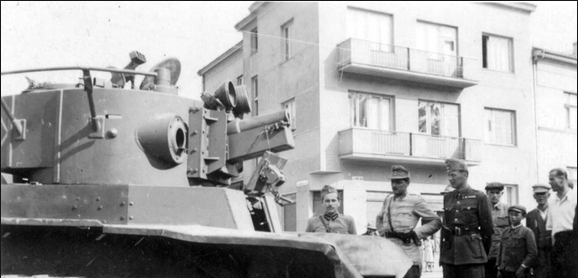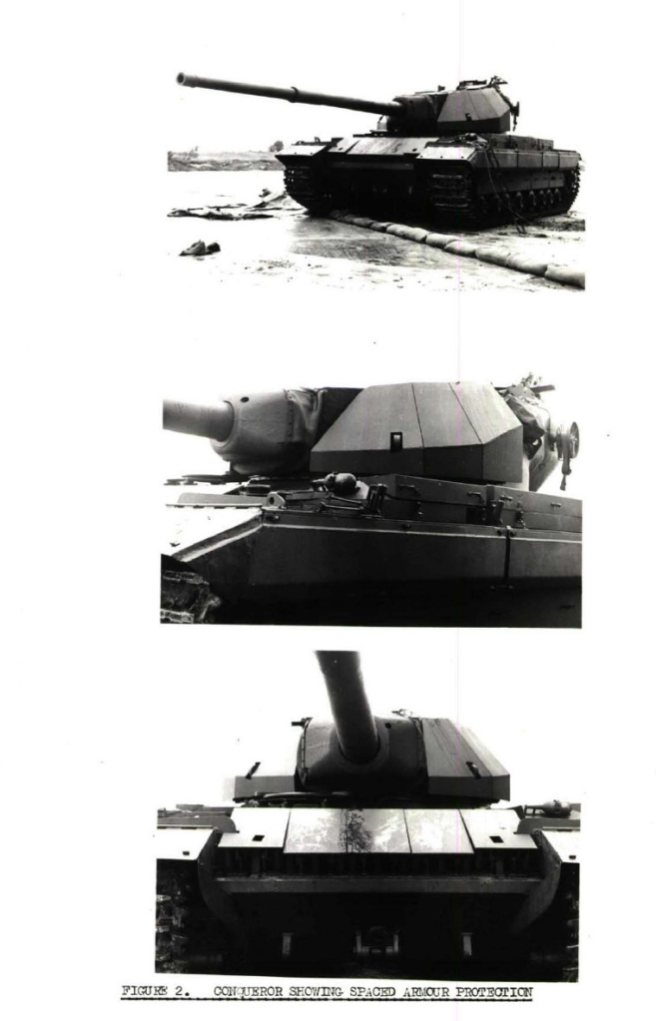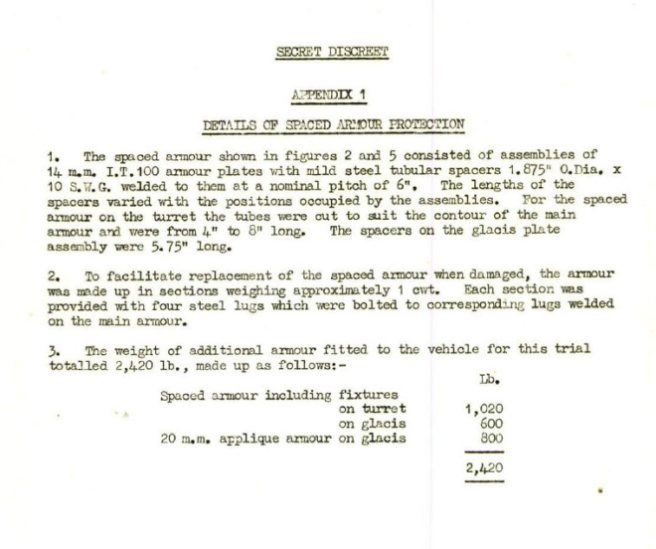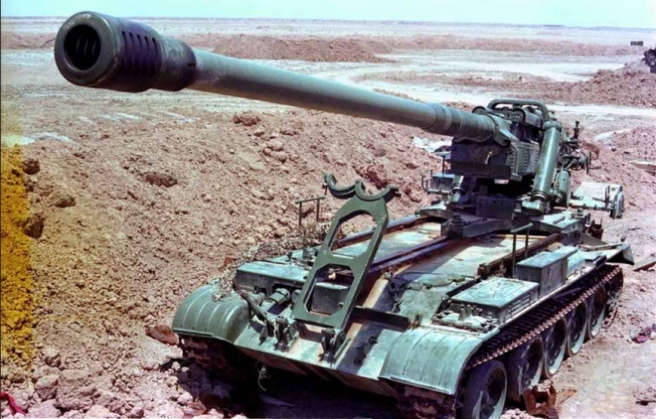The BT-7A Artillery was developed based from the self-propelled gun variant of T-26. There were 2 variants of the tank; 45 mm standard gun and 76.2 mm close range artillery gun. Moreover, these guns had to be compatible with the original turret. Unfortunately, the turret was so crammed that even the crew of BT-7A couldn’t breathe freely, and the ammunition carried would be strictly limited.

Fortunately, they solved the problem by using the T-26-4 turret for the BT-7A, modifying the turret a little bit to make it compatible in order to mount bigger guns as such. As a result, the BT-7A passed the testing, and was ready for production.
It wasn’t easy to accept the BT-7A into service, mainly because unclear effectiveness of the BT-7A compared to other tanks with on par performance. But by 1937, they (The Soviets) finally decided to begin serial production of the tank. However, the production didn’t go smoothly as planned, because of reasons such as the incomplete BT-7A gun production, as it wasn’t a highly prioritized tank to mass-produce, not even slightly above the original BT-7. Of the 154 BT-7A produced, 132 were used in service, while 22 were used for further experiments in order to mount newer guns for the rest.
These new guns were the A-11 and F-32. Even though the guns were capable enough and recommended for installation on the BT-7A, They were never installed for unknown reason.



















